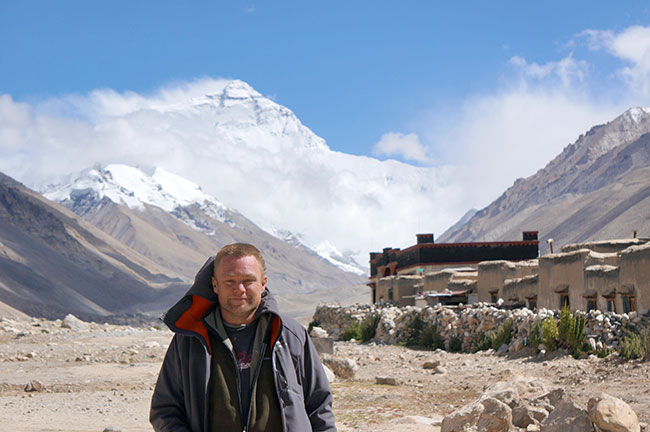Business
Proposed coastal structures for Mawella Bay causing concern among investors

By Ifham Nizam
Tourism real estate investors recently expressed concern about some proposed coastal structures to be constructed in Mawella Bay.
They say the said constructions have not been decided on any scientific basis and are bound to cause massive destruction of the Mawella coastline.
An investor told The Island Financial Review that they are concerned as no Environmental Impact Assessment (EIA) was done but only an Initial Environmental Examination (IEE), which is not sufficient considering the fact that all stakeholders in this ecologically fragile landscape were not consulted.
Their fears were compounded in September and the early part of October when the sea came right up to the mangrove level taking over large portions of the beach. This is just after one part of the proposed constructions, i.e. an anchorage, was built in the bay area.
Zander Combe – part owner Halcyon Mawella Hotel said that it is high time the government considered seriously protecting Sri Lanka’s tourism areas as it is imperative that they are protected for the future generations and the economic future of Sri Lanka.
“There is no scientific evidence that building these coastal structures has any positive effect on the environment, quite the opposite in fact, he added.
He also said investors in the tourism industry need to be assured that their investments are safe going forward and areas like Mawella need to be protected so that tourism can grow and the local communities can benefit from the upcoming boom in Sri Lanka tourism.
They also say there is no real need for an anchorage because most of the fishermen in the area pull their boats on to the beach, adding to the tourist attraction.
Mawella Bay up to now remains one of Sri Lanka’s beautiful untouched beaches. It is two kilometers long, pristine and well suited for high- end tourism. This is one of the few beaches on the island’s southern coast that is calm, serene and is swimmable all year round. Leaving aside the tourism potential, the changes seen on the beach since these constructions began, show signs of people living in the area also being negatively affected as a result of these coastal protective hard structures.
The real estate investors point to three reports done by experts on the damages caused to coastal areas by man- made hard structures. The 1988 report on ‘Coastal Area Management in Sri Lanka’ by Kem Lowry of the University of Hawaii and H.J.M. Wickremeratne of the Coast Conservation Dept. which says some of the structures built by the CCD were without any scientific understanding of the local coastal dynamics, resulting in the ‘solution’ to prevent erosion in one area causing considerable erosion elsewhere. The report cites several examples where this occurred and says these were probably done under public pressure to prevent erosion but proved to be disastrous.
A more recent research project carried out by the Asian Development Bank Institute (ADBI) in March 2021 titled, ‘Are coastal protective hard structures still applicable with respect to shoreline changes in Sri Lanka?’, refers to human influence on nature. It says the application of hard structures is least able to control coastal erosion in a large area because while it may be good for the site it is not helpful for adjacent areas. It says the environment will remain under its natural conditions as long as humans introduce no alterations.
While both reports point to hard structures doing more damage than good, let’s explore another report presented by Professor Charitha Pattiaratchi, Professor of Coastal Oceanography at the University of Western Australia, who has done his research specifically on the proposed hard structures for Mawella Bay.
The proposed structure includes a 300 meters long stone anchorage which is already built and two offshore breakwaters to mitigate erosion. While the anchorage is already causing some concern among bay area landowners and residents, there is a contrary view on the two breakwaters from the eminent coastal scientist.
He says the construction of the two 60m offshore breakwaters is not recommended because they are located in a region with high waves and current activity.
‘The region for the proposed breakwaters is a highly complex region in terms of hydrodynamics and sand transport. The breakwaters will retain sand in the lee which will interrupt the alongshore transport of sand. As the sand retained would be from regions along the ~1.5 km length of beach there is a strong probability of extreme erosion in other regions of the Bay, says Professor Pattiarachchi.
Reopening of the tourism industry is absolutely necessary to protect livelihoods and businesses and beach tourism has a lot of potential in helping the country grow and boost the economy. If these natural locations that can serve the people aren’t protected, the country is throwing away opportunities that it then has to build up from elsewhere.